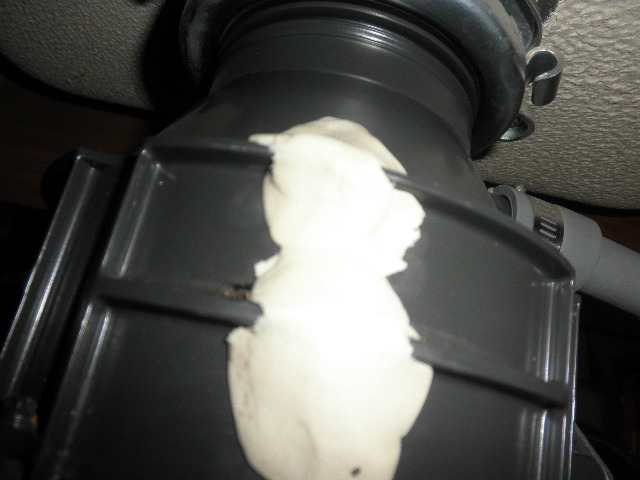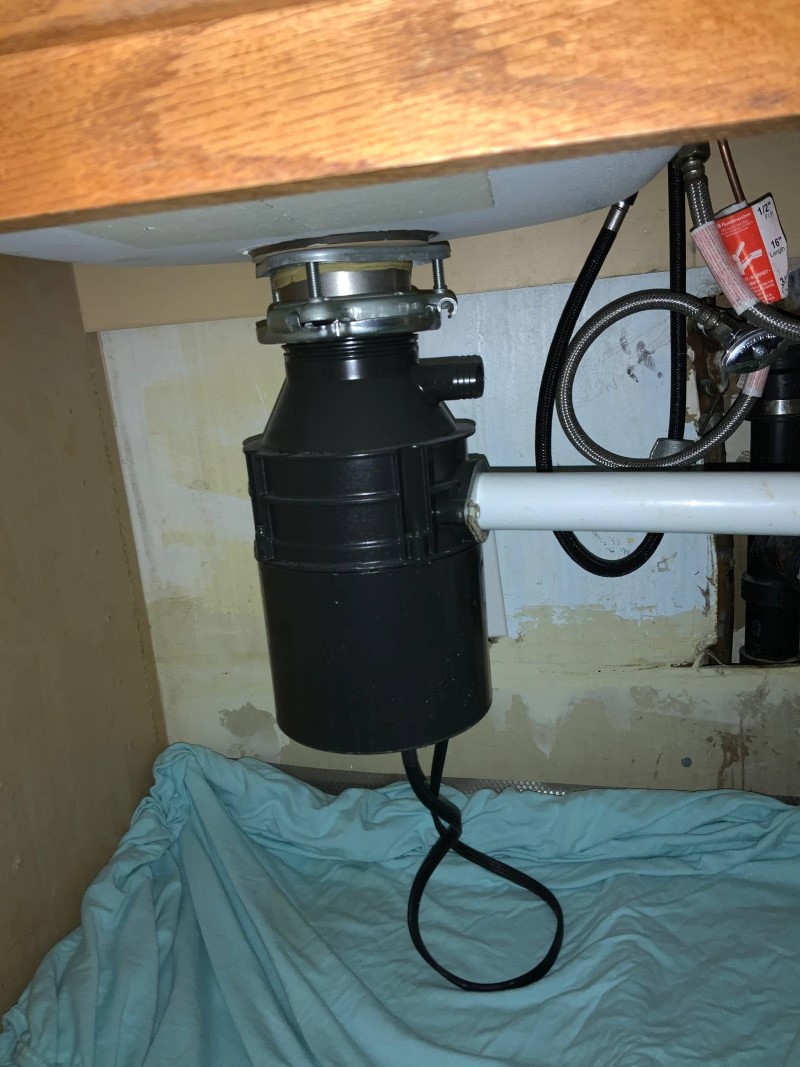Simple Instructions for Repairing a Leaky Waste Disposal
Simple Instructions for Repairing a Leaky Waste Disposal
Blog Article
They are making a few great points on the subject of The Handy Guide To Fixing Your Garbage Disposal Leaking overall in this great article just below.

Waste disposal unit are necessary kitchen area devices that help in getting rid of food waste effectively. Nevertheless, a leaking waste disposal unit can be an aggravating and unpleasant issue to deal with. Luckily, many leakages can be fixed quickly with a couple of basic steps. In this short article, we will certainly discuss exactly how to deal with a leaking waste disposal unit properly.
Introduction
Garbage disposals are mounted under kitchen sinks and are developed to shred food waste right into smaller sized items, permitting it to pass through the plumbing system easily. While these gadgets are generally dependable, leaks can happen gradually because of deterioration, loose connections, or damage to the unit.
Common Causes of Leaks in Trash Disposals
Worn Seals and Gaskets
Seals and gaskets play a critical duty in protecting against water from dripping out of the waste disposal unit. With time, these elements can degrade, resulting in leaks around the disposal unit.
Loose Links
The connections between the waste disposal unit and the pipes system can end up being loosened over time, creating water to leak out throughout operation.
Cracks or Openings in the Disposal Unit
Physical damages to the garbage disposal, such as splits or holes in the real estate, can likewise cause leaks.
Recognizing the Source of the Leak
Prior to attempting to deal with a leaking waste disposal unit, it is necessary to determine the resource of the leak. This can typically be done with aesthetic examination or by conducting basic tests.
Visual Evaluation
Check the waste disposal unit device carefully for any indicators of water leak. Pay attention to locations around seals, gaskets, and link factors.
Checking for Leakages
One method to check for leakages is by running water with the disposal system and checking for any visible signs of leak.
Devices and Materials Needed for Dealing With a Leaking Waste Disposal Unit
Before starting the fixing procedure, collect the needed tools and materials, consisting of a screwdriver, flexible wrench, plumbing technician's putty, replacement seals or gaskets, and epoxy or patching product for repairing cracks or holes.
Step-by-Step Guide to Taking Care Of a Leaking Garbage Disposal
Switch off the Power
Before attempting any repairs, make sure that the power to the waste disposal unit unit is switched off to prevent the risk of electrical shock.
Situate the Leak
Recognize the exact place of the leak and figure out the reason.
Tighten Links
Make use of a wrench to tighten any kind of loose connections between the disposal device and the pipes system.
Replace Seals or Gaskets
If the leak is because of used seals or gaskets, get rid of the old components and replace them with new ones.
Patching Splits or Holes
For cracks or holes in the disposal system, use epoxy or an appropriate patching product to secure the broken location.
Testing the Garbage Disposal After Repair
When the repair service is total, check the garbage disposal by running water with it to guarantee that the leakage has been fixed.
Preventive Maintenance Tips to Avoid Future Leakages
To stop future leakages, it is vital to do routine maintenance on your waste disposal unit. This consists of keeping it clean, staying clear of putting non-food items or tough items down the disposal, and periodically looking for leaks or various other problems.
Conclusion
To conclude, repairing a dripping garbage disposal is a relatively uncomplicated process that can be finished with basic tools and products. By adhering to the actions outlined in this write-up and exercising preventative maintenance, you can keep your garbage disposal in good working problem and avoid pricey repair work in the future.
HERE’S HOW TO FIX YOUR GARBAGE DISPOSAL
WHAT TO DO IF SOMETHING IS STUCK IN YOUR GARBAGE DISPOSAL
If the impeller won’t turn, there’s probably something stuck in the disposal. It could be a steak bone or peach pit, although plumbers report pulling all sorts of inappropriate objects out of disposals, such as bottle caps or aluminum foil. Make sure power to the disposal is off, and look inside to see if you can see the source of the jam.
Never stick your fingers in a disposal. Pull out anything you see with tongs or pliers.
If the disposal still won’t work, it may be time to call a plumber or consider buying a new disposal. GEM Plumbing & Heating is here for all of your garbage disposal needs.
WHAT TO DO IF YOUR GARBAGE DISPOSAL DRAIN IS CLOGGED
Take everything out from underneath your sink and put a bucket or other container under your disposal to catch any water that drains out. Disconnect your disposal from the power supply. If it’s plugged into a wall outlet, unplug it. If it’s hardwired into an electrical box, go to the electrical panel and turn off the breaker for the disposal. Pour ¼ cup of baking soda into the drain, followed by ½ cup of white vinegar. Give the solution a few minutes to fizz and do its work. Look into the disposal with a flashlight to see if you can see an object that might be causing the clog. If you see it, remove it using tongs or pliers. MORE TIPS ON DEALING WITH A CLOGGED GARBAGE DISPOSAL
Never use drain cleaner in a garbage disposal. It can damage the plastic parts inside the disposal. You can also be splashed with the caustic liquid while working to clear the clog. Beware! Never stick your fingers into a garbage disposal. Trust us — not a good idea. In many instances, your dishwasher drains through your garbage disposal. This allows the disposal to grind any large food particles that may be drained out of your dishwasher. There are some jurisdictions, however, where the plumbing code prohibits such a connection. WHAT TO DO WHEN YOUR DISHWASHER DRAINS THROUGH THE DISPOSAL
Run some water in the sink so your plunger has at least a ½-inch of water to create a seal and plunge vigorously up and down several times. You may need to repeat this several times. Run hot water down the drain to clear any residue that remains.

As a keen person who reads about How to fix a pretty consistent leak from my garbage disposal, I imagined sharing that piece of content was worthwhile. Sharing is good. Who knows, you could be helping someone out. Thank-you for going through it.
Quote & Schedule Report this page